Jump to:
There’s no better feeling than bringing your garden furniture out and spending time outdoors after a long, cold winter. But are your patio sets ready to face the water and elements again? They will be if you take these two considerations in mind!
Inspect Your Outdoor Furniture After Winter

If you’ve stored your outdoor furniture in a shed or garage during the frosty winter, give yourself a pat on the back—you’ve done the right thing! Otherwise, the photo above will be its fate. But there’s one more task for you to do before officially taking the sets out: give them a once-over.
Although storage can protect the furniture from snow build-up, moisture can still sneak inside through small gaps or openings. For instance, humidity in the air can condense inside the storage area. Hopefully, that wouldn’t be the case, but it always helps to be certain.
Begin by checking for any signs of wear, like cracks or peeling paint. Feel around for any damp spots, especially on wooden furniture. If they’re wet, let them dry out before using them. For a rattan dining set or similar pieces, keep an eye on potential mould or mildew. A quick scrub with warm, soapy water can sort that out. If you’ve got metal furniture, check for rust. A bit of sandpaper or rust remover can do the trick if you spot any.
Tips: Invest in high-quality furniture covers. When your outdoor furniture isn’t in use, covering helps protect it from dust, dirt, and other debris while stored away. Look for one that fits your outdoor pieces, as these covers aren’t a one-size-fits-all option. This BillyOh Premium PVC Bench Cover, for one, works well for garden benches.
Weatherproof Your Outdoor Furniture
Now’s a great time to weatherproof your timber garden sets if you haven’t done it for a while or if they’ve been sitting in a humid area. Giving them good weatherproofing will help protect against moisture and those pesky UV rays when you bring them out again. You have two options: wood oil and heavier sealants.
Wood oils are made from plant extracts and are mostly nontoxic. They refresh worn wood surfaces and provide a protective layer by soaking in and replenishing the timber’s natural oils. This gives the wood a nice sheen without making it glossy.
Heavier sealants are made from plant oils, beeswax, or water-based resins. They don’t “feed” the wood more oils; instead, they seal in the oils that the timber contains. Heavier sealants also stop the wood from absorbing water, which can cause discolouration. You can choose matte, glossy, or transparent finishes depending on your desired look.
Here’s how you can weatherproof your outdoor furniture:
- Wipe off any dirt or debris with a damp cloth.
- Pick either wood oil or a heavier sealant for protection.
- Use a cloth or brush to apply the oil or sealant.
- Give it 15 to 30 minutes to absorb.
- Remove any extra product with a clean cloth.
- Let it dry as per the instructions.
- If needed, apply a second coat after the first one dries.
To get the best of both worlds, you can apply your choice of wood sealant after using wood oil. Just make sure the oil has fully cured before doing so.
Read this guide, ‘Proven Techniques to Weatherproof Your Wooden Garden Furniture,’ for more options.
Round-up
Getting your outdoor furniture ready for warmer weather is key after a long winter. Check for any damage, give them a good clean, and weatherproof with wood oils or sealants if necessary. Take the time to get your patio sets ready, and enjoy those sunny days outdoors!
If you’ve got at least one of these pieces, there’s no need to store them inside all year: What Kind of Garden Furniture Can I Leave Outside?
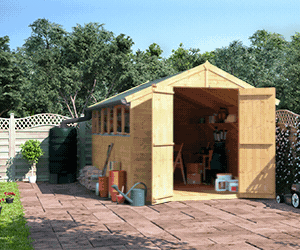

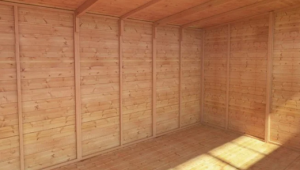
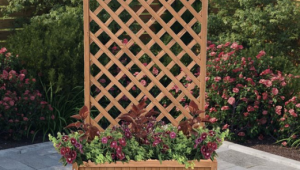

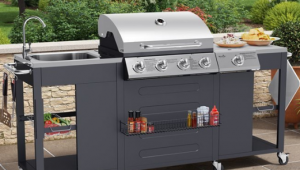
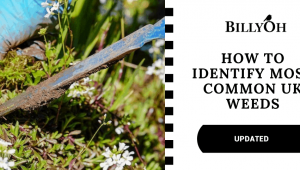

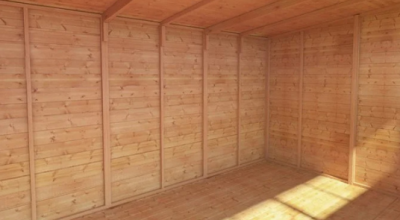


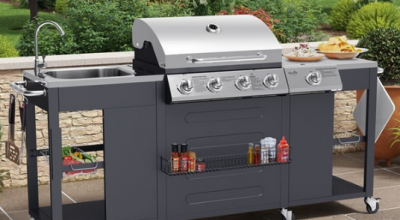

What do you think ?